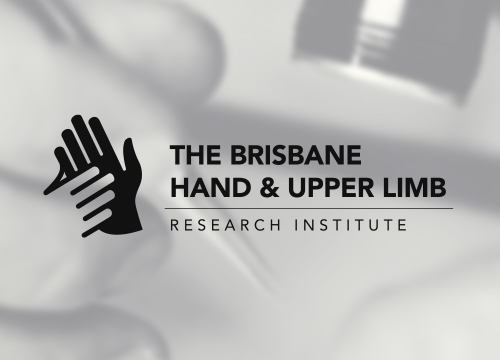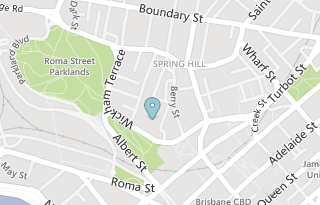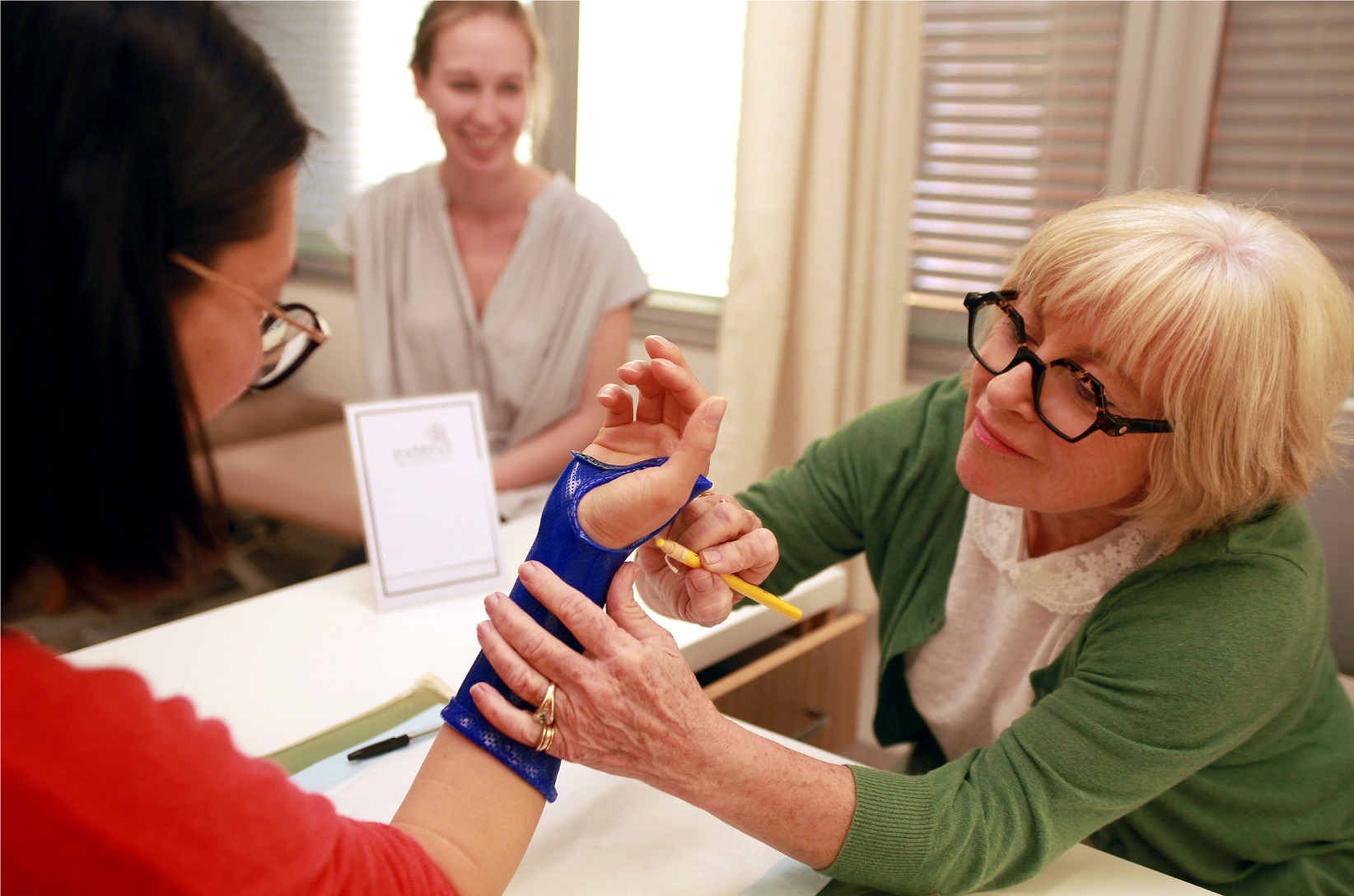Mark Ross, Phillip Duke, Kenneth Cutbush, Steve Andrews
Glenohumeral arthritis is a common shoulder problem, which increasingly affects young adults. These patients seek relief not only from pain but also require the ability to return to work, recreational and domestic activities. Total shoulder arthroplasty (TSA) is an effective solution for less active patients but has been associated with high rates of early glenoid wear, asceptic loosening, and the reduced return of full function. Hemiarthroplasty and humeral resurfacing arthroplasty (HRA) are indicated in patients who have an intact rotator cuff, a congruent glenoid, and no history of instability or subluxation. However, persistent pain related to glenoid arthrosis after metal hemiarthroplasty or HRA is a limitation for many patients and surgeons. Pyrocarbon HRA provides an alternative to traditional TSA and metal HRA which hypothetically may allow earlier intervention, restoration of function and mobility, resulting in higher patient satisfaction and the ability to stage the intervention to meet the patient’s needs.The purpose of this study is to prospectively investigate the clinical and radiological outcomes over a ten year period of a cohort of patients who have received this implant.
Recruitment of participants for this study commenced in 2010. We are not recruiting any participants at this time.




